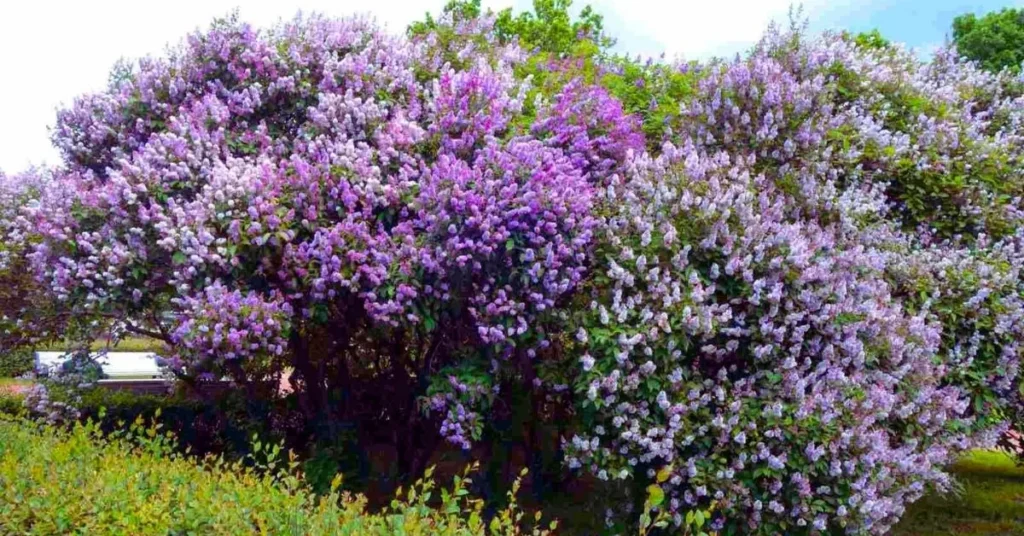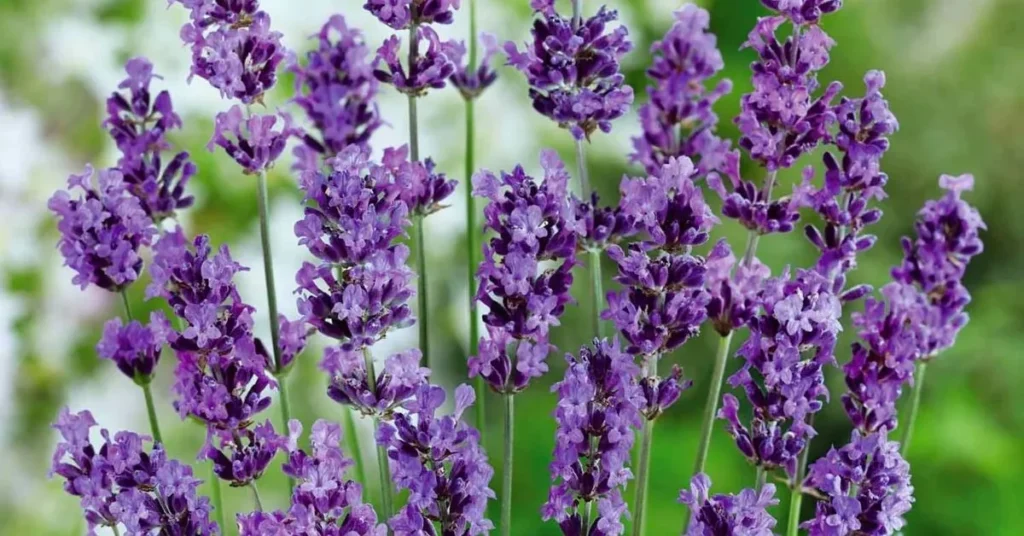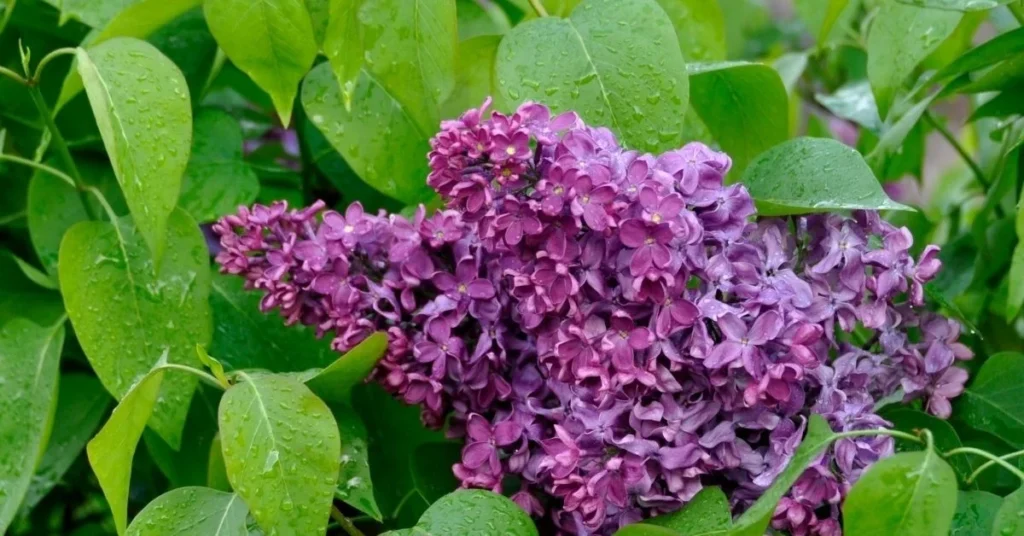In this post, you are going to find major and minor differences between the colors Lilac and Lavender.
In addition, after reading this post, you’ll be able to differentiate between other colors that closely match them.
Even a bunch of examples of physical things, color codes, and simple ways of formation will blow your mind.
Another thing in this post is the difference between Lilac vs Lavender as a plant.
Let’s dive into the world of confusing colors.
Lilac VS Lavender Color
Lilac and lavender are two shades of purple. After adding white color, a little pinkish tinge will make lilac and a little bluish tinge will produce lavender color. However, people are often confused about these colors. Here you will find a comprehensive difference between these two colors.
Lilac
This word “ Lilac “ was used for the very first time in 1775 for a color in English. You will observe several shades of lilac color such as pale lilac, rich lilac, deep lilac, bright lilac, french lilac etc. In Europe, the clothes with lilac color were worn in mourning.
Psychological Depths Of Lilac
Several meaningful connections are there with this color. Lilac represents the following.
- Feminine qualities
- Caring
- Emotional
- Nurturing
- Helpfulness
- Avoiding confrontations
- Immaturity
- Indecisiveness
Psychologists use this color to reduce the aggression of the clients. They consider this color a symbol of friendliness, open-mindedness, extroversion, and sociability.
Lavender
Lavender word was first used in 1705 in the book named as A Dictionary of Color. Later several other shades of Lavender were discovered. Only this color was allowed for the women to wear on the death ceremonies in Europe.
Psychological Depths Of Lavender
Lavender color has several meanings in psychology. Some of them are given below.
- Youthfulness
- Untamed Growth
- Vigor
Psychologists have several practical applications of this color. They used lavender color for producing several effects in their clients such as following.
- Calming the mind
- Relaxation
- Meditation
- To remember the childhood stories
Lilac VS Lavender VS Purple VS Periwinkle

| Features | Lilac | Lavender | Purple | Periwinkle |
| Shade | Pinkish shade | Bluish shade | Purple | Pale Indigo shade |
| Hue | 300 degrees | 240 degrees | 276 degrees | 240 degrees |
| Saturation | 25.7 % | 66.7 % | 87.4 % | 100 % |
| Brightness | 71 % | 94 % | 53.3 % | 90 % |
| RGB | 78.4%, 63.5%, 78.4% | 90.2%, 90.2%, 98% | 62.7%, 12.5%, 94.1% | 80%, 80%, 100% |
| CMYK | 0%, 19%, 0%, 22% | 8%, 8%, 0%, 2% | 33%, 87%, 0%, 6% | 20%, 20%, 0%, 0% |
| Hex code | C8A2C8 | E6E6FA | a020f0 | ccccff |
| Contrast with black | 19.7 : 1 | 7.0 : 1 | 17.14 : 1 | 18.56 : 1 |
| Contrast with white | 1.1 : 1 | 3.0 : 1 | 1.22 : 1 | 1.13 : 1 |
| Warm or cool | Warm | Cool | Slightly cooler | Cool |
Lilac VS Lavender Plants
Lilac and lavender are both famous for their distinctive properties. Since the time of Christ, these both fascinating plants have been captivating the hearts of several communities. People are always fond of their beauty, fragrance, and medicinal uses.
Here is the comprehensive discussion about the comparative features of both these mesmerizing plants.
Botanical Background

Lilac and lavender belong to flowering plants.
The scientific name of Lilac is Syringa vulgaris. Its family is Oleaceae. It is related to the Olive plant and grows into a woody tree. These plants are cultivated in Europe, Asia, North America.
The scientific name of Lavender is Lavandula angustifolia. It belongs to the Lamiaceae family and is related to the mint family. Lavender grows as a herb. It comes with several names such as lavender, true lavender, English lavender, Garden lavender, common lavender, and narrow-leaved lavender. This plant grows in dry and warm areas of Eurasia.
Lifespan of Lilac and Lavender

Lilacs have a longer lifespan than lavender. Most of the lavender species are seasonal but some are perennial. However, lilac are perennial plants.
Some varieties of Lilac trees can grow up to 100 years. But it only happens with proper care. However, the average lifespan of lavender is between 20 to 30 years.
Lavender can live a maximum of 15 years or little more under the right conditions. However, common lavender plants last between 3 to 4 years.
The lifespan of both these plants depends upon the following factors.
- Variety of plant
- Soil quality
- Water drainage
- Sunlight exposure
- Maintenance
- Climate
Lilac VS Lavender Scent
lavender and Lilac have enchanting fragrance and have several applications.
Lilac flowers will give a sweet, floral scent similar to vanilla, and rose. It has an intense smell with a little spiciness. Its strong fragrance can easily spread in the surrounding environment. Its intense smell finds its applications in perfumes, oils, and candles.
Lavender gives a slightly sweet and floral or herbal smell. Its smell is famous for its soothing aroma. As it has a softer smell than the lilac’s, several skin care products like soaps, lotions, and salves use it for fragrance.
Taste of Lilac and Lavender
Both these plants are edible but lavender has more culinary uses due to its taste.
The flowers, buds, and leaves are edible parts of lavender. They have a citrus taste with a gentle smell. English lavender is preferred for cooking purposes while for salad Raw lavender is used. Lavender in dry form or oil form is used in breads, dyes, syrups, ice creams, and teas.
Due to the bitter taste of the lilac, they have very little culinary use. From the whole plant, only lilac flowers are edible.
Appearance of Lilac and Lavender
Lilac is a small tree or a large shrub. Its tree can grow up to six meters in height and five meters in width.
However, lavender being a shrub can only grow between 30 to 60 centimeters in height and 30 to 45 centimeters in width.
Leaves

Lilac with larger tree size has leaves of large size of about 11 cm, in heart or oval shape. Their color is dark green and has an alternate pattern. They don’t have any culinary or aromatic application.
Leaves of lavender are needle-like and narrow in shape with only 1-2 centimeters in size. Their pattern is symmetrical. Fine hairs cover the leaves and give them fuzzy texture and gray-green or silver color. People use these leaves for cooking due to their aromatic nature.
Flowers

The flowers of both plants bloom in the spring season. However, lilac starts flowering earlier in the spring.
The lilac flowers have four petals. Clusters of these flowers are tightly packed around the tube and give a conical appearance. Flowers of lilac come in white, violet, pink, dark purple, red, and blue colors.
The flowers of Lavender grow at the top, around a tubular structure of about 10 cm. They are small in size, arranged in whorls or pairs on that long base. You can observe a variety of colors such as pink, deep purple, white, pale red in lavender flowers.
Stems
Lavender is basically a shrub with a large number of branches. Every branch is only a few millimeters thick, soft, and flexible.
Lilac has a small tree-like stem that will later have a large number of thicker and woody branches.
Symbolisms
Lilacs symbolizes the first love. The lilacs flowers were exchanged between the love partners due to their sweet fragrance in Europe. Moreover, Christians decorate their homes with lilacs on Easter representing rebirth and freshness.
Lavender represents romance and love. It was famous in the Victorian age for its attractive smell. Moreover, its calming smell shows purity and serenity.
Medicinal Uses
Along with their aesthetic applications, there are a number of potential health benefits.
Lilacs flowers and shrubs are used for
- Anti-inflammatory
- Antioxidant
- Anti-cancer
- Digestive disorders like bloating, and constipation
- Skin problems such as acne, eczema, psoriasis etc
Lavender has the following uses.
- Calming mind and body during insomnia and anxiety
- Mummification
- Balms for burns, cuts, insect bites
- Bed bug spray
Growing Conditions
Lilac and lavender come from different tropical zones. So their optimal growing conditions will differ to a great extent.
Lilac grows at cooler temperatures. It requires properly drained and a little alkaline soil. Alongwith full sunlight, you need to prune lilac plants regularly.
However, for lavender plants, hot and dry conditions are suitable. Highly alkaline soil is better for lavender plants. You have to remove the shrubs to avoid the woody growth.
History
The root word of Lavender is a Latin word “ Lavare” that means “ to wash, to soak, to bathe “. This word was used in the Mediterranean region for the very first time. In ancient Greece and Rome, people used this plant for scent in perfumes, and other cosmetics, and for antiseptic purposes. Even during burial, they used it for odor purposes.
Here you have it:
Difference between Lilac and Lavender as a color and plant.
Now, it’s your turn.
What color do you like more?
Lilac, Lavender, purple, or Periwinkle
Or
What plant are you interested in?
Let me know in the comment section.
